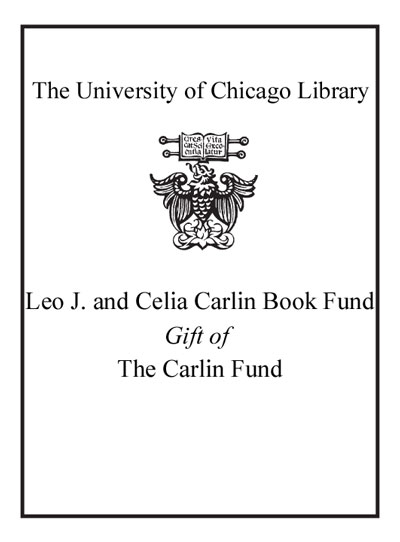Review by Choice Review
This book answers the question posed in the title: "The planet may not yet be full, but it is filling up." The multidisciplinary work considers water supply, energy, minerals, health care, and food supply, each in separate chapters, along with other matters. The authors are almost all associated with Oxford University, but they seem to be well versed in what is occurring all over the world. In at least one case, the author of one chapter was aware of the contents of another one. There is, appropriately, a chapter on The Limits to Growth (CH, Nov'73), by Donella Meadows et al. There is also a chapter on demographic transitions. A final chapter focuses on governance. Goldin believes that Earth's problems demand more-effective global communication and cooperation, but that these are getting worse, not better. The book is well referenced and almost free from usage errors. Many references are to Internet sites, listed with the date accessed--a good practice. The work also includes appropriate graphs and figures. The well-done work should serve as a useful reference for current and future professionals. Summing Up: Highly recommended. Upper-division undergraduates and above. --Martin LaBar, Southern Wesleyan University
Copyright American Library Association, used with permission.
Review by Choice Review

